Everything you could ever want to know about lighting a period home
Careful planning is the secret to illuminating historic spaces, says lighting designer Sally Stephenson of Owl Lighting

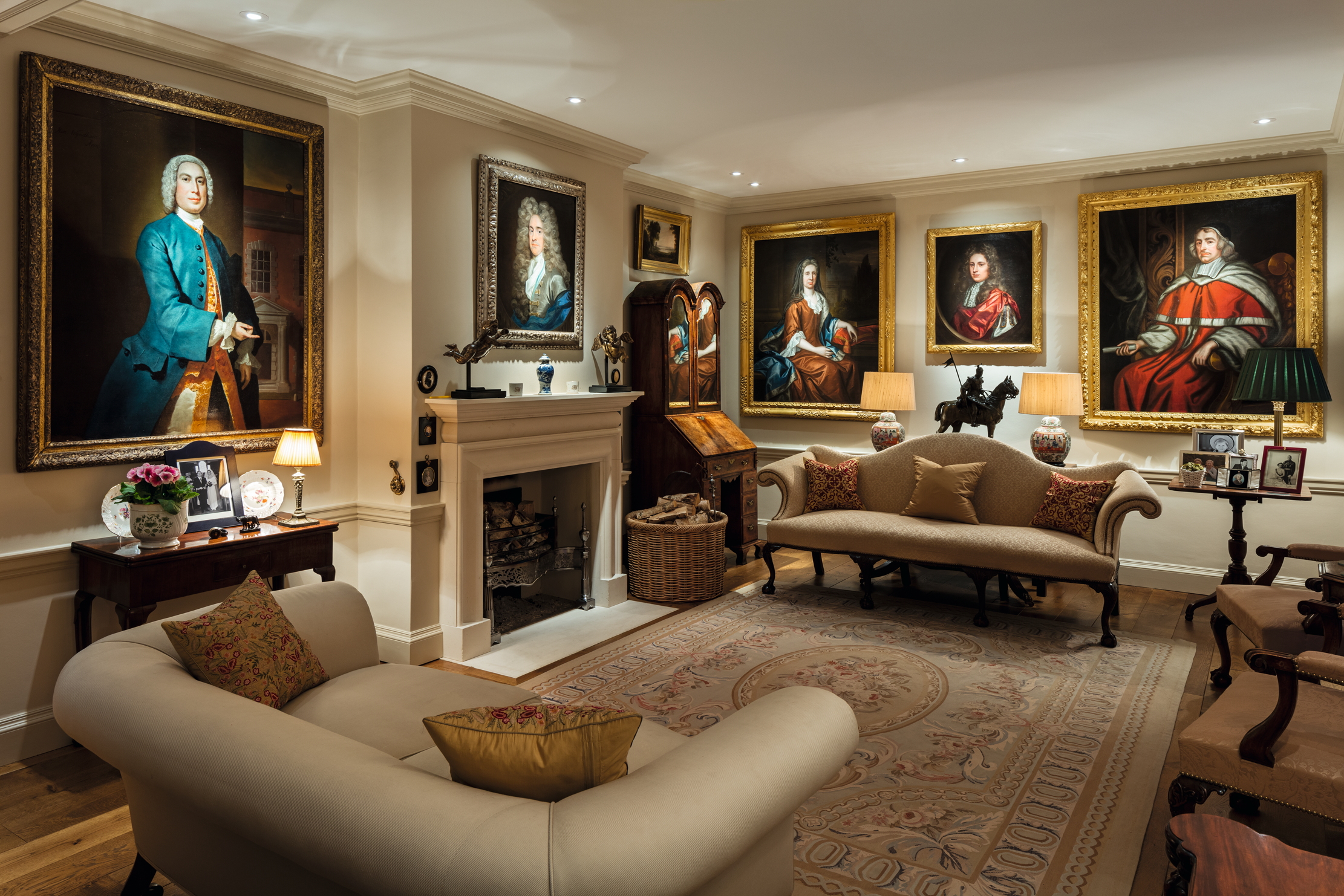
Start with a plan
The last thing anyone wants is for the electrician to arrive without a clear idea already formed. Everything is simpler with a plan; ideally, that means drawing the room with the furniture and joiner y marked out and thinking about how that room will be used— whether that’s for working, reading, relaxing or enter-taining. Remember that one size doesn’t fit all: some people naturally want more light or a cooler colour of light; others are comfortable with less. It’s highly personal. All this information needs to be fed into the plan. At the same time, it’s important to plan where the switches will go. Will there be one by the bed to turn off all lights in a bedroom? What will be turned off and on at the wall? What will be on a dimmer? Not only is this a practical point, but, in order to meet building regulations, loads and circuit schedules should be specified by the lighting designer at this stage.
Features, not only functions
One of the first questions people often ask— perhaps especially when buying a historic house that might have latticed windows, low ceilings or be complicated to light—is whether there will be enough light. What should be considered, however, is how to make the space more beautiful. That should start with two questions: what are the most attractive features to highlight in a room and what is going to happen in the room? Consider which architectural features would be good to light, such as the fireplace or wooden beams. Alternatively, you might decide that the central feature will be a beautiful pendant light or a favourite painting. Then it’s a question of deciding what kind of light will be required to perform certain tasks, such as cooking, cleaning or reading. Those with families might want to have small LED lights in the skirting boards of the bathroom set on a motion sensor, which will turn on if someone enters the bathroom. It’s both energy saving and effective: overhead lighting awakens the senses, making it harder to go back to sleep
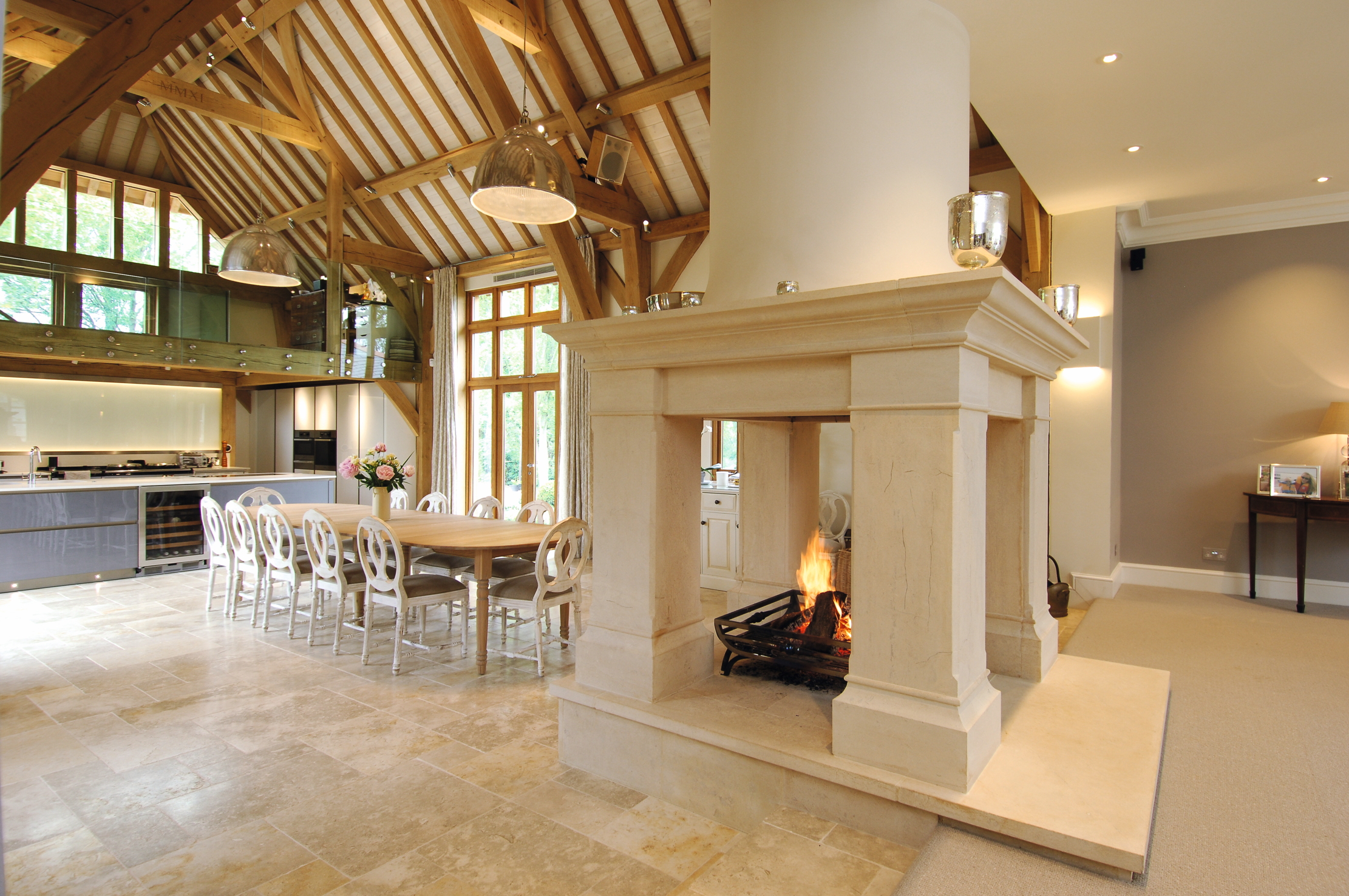
Layers and textures
It’s only possible to notice light when there is some darkness. One way to consider this is to think about walking in the woods. Dappled light formed by the sun’s rays passing through the leaves is so much more interesting to look at than the intense glare of a very sunny day. When it comes to lighting, the key is to avoid glare at all costs. To achieve this, think about the lighting hierarchy in each room. It’s rare that a room only needs one level of lights, as it prevents you from being able to change the mood of light throughout thhe day or year. Although downlighters have a lot of detractors, they have their uses (such as task lighting, for example), so they shouldn’t be immediately dismissed as an option. Not only is it necessary to have light from different heights and sources, but it’s also worth thinking about having different powers of light in a room, such as directional, soft or atmospheric, and how these can be dimmed or adjusted.
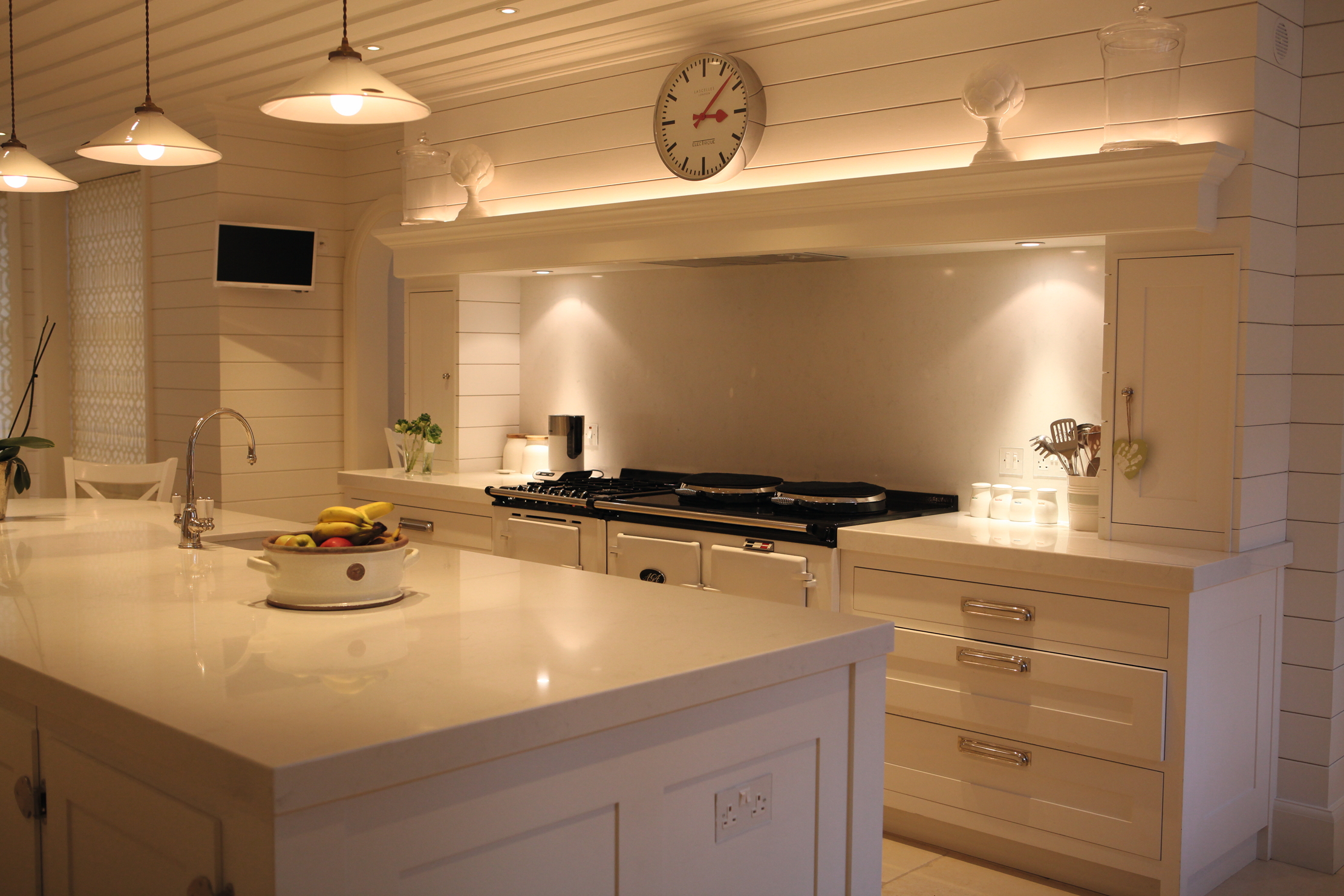
Buy the best you can afford
When it comes to lighting, old houses deserve special treatment. As between supermarket Beau jolais and a fine Claret, there are enormous differences in the types of light emitted. Most lighting designers will have a favourite make of downlight that they work with, but, as a general rule of thumb, those with a hidden light source (such as a black baff le) are ones to track down. Decorative lighting is more a question of taste. The parts of any wall light or table lamp that really matter are the bulb and the shade. Agood trick to use when shopping for LED bulbs is to examine how well they light the colour red. Low-quality LEDs struggle to pick out red; often it appears as a muddy brown. Those that can show true pure red are the ones to choose. To avoid rooms being lit like a dental surgery, buy bulbs with a colour temperature of 2,700k (or less) for a warm white and a colour-rendering index (CRI) of 90.
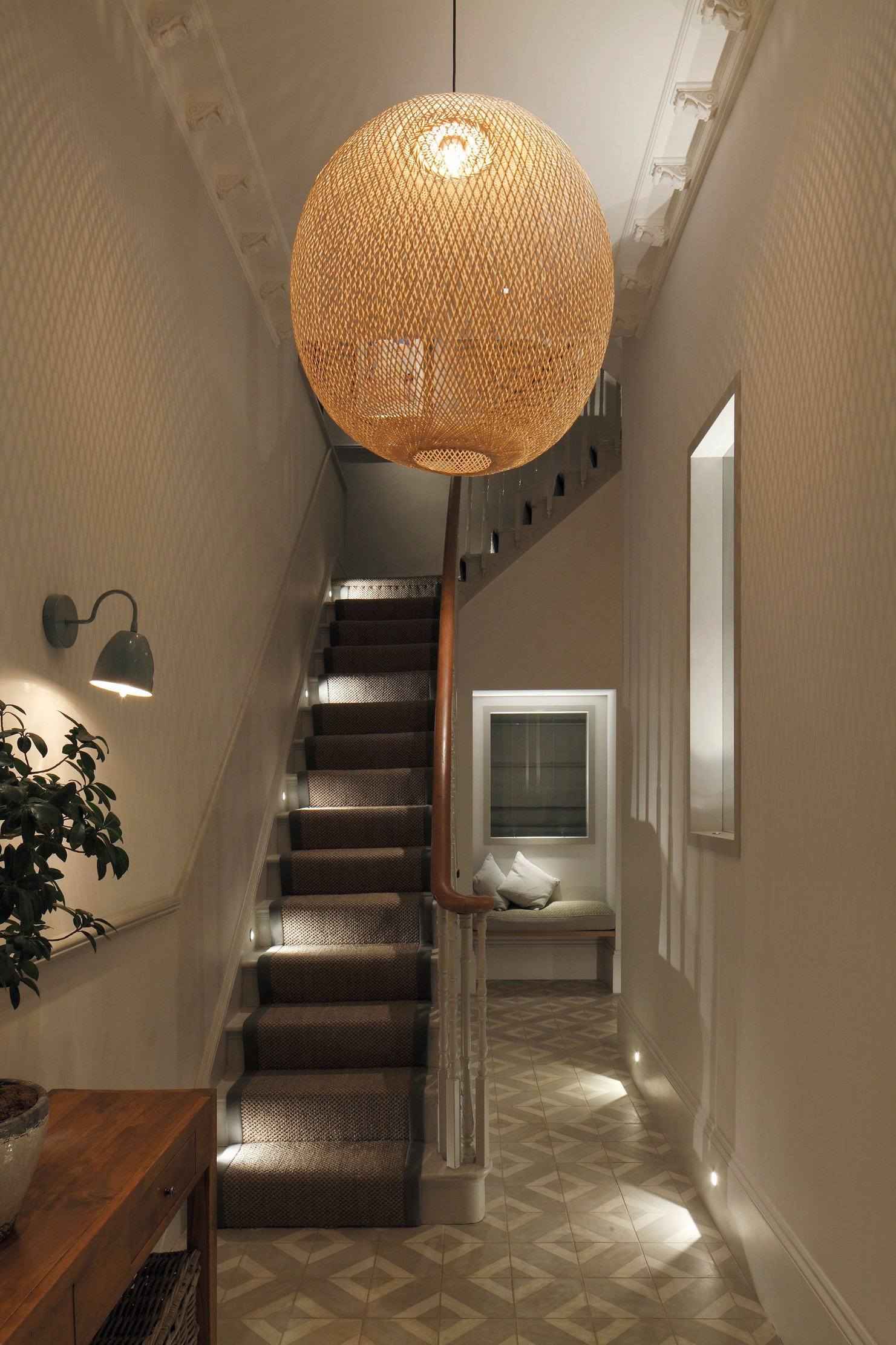
The language of lighting
Ideally, when tackling a restoration project, the best time to engage a lighting designer is at the start, alongside the other professional services, such as an architect and interior designer. Architectural lighting—that which is built-in— will require cabling in place before walls or ceilings are plastered. Electricians are talented in many ways, but the majority aren’t lighting specialists. That’s where lighting designers come in: we speak their language. Each type of light source may be wired in a different way. Modern building regulations and elements such as dimming protocols or compatibility are complicated, so having someone on board to translate the plan into reality is helpful.
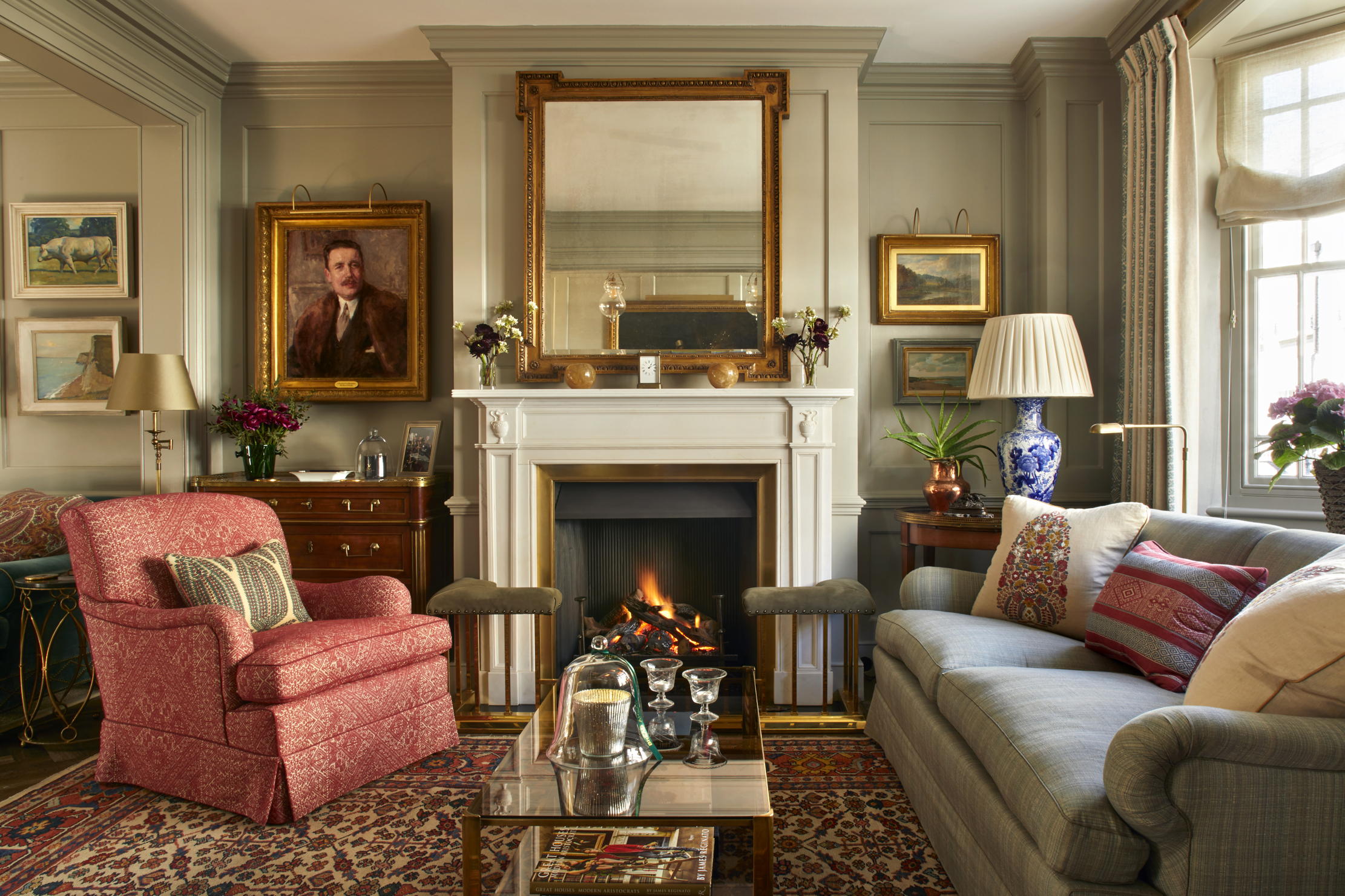
Credit: Acres Farm
The art of hearth: Beautiful ideas to rejuvenate your fireplace, from £1,250 to £22,000
A great fireplace can lift a room — and, indeed, an entire house. Amelia Thorpe chooses some of the most beautiful
Exquisite houses, the beauty of Nature, and how to get the most from your life, straight to your inbox.
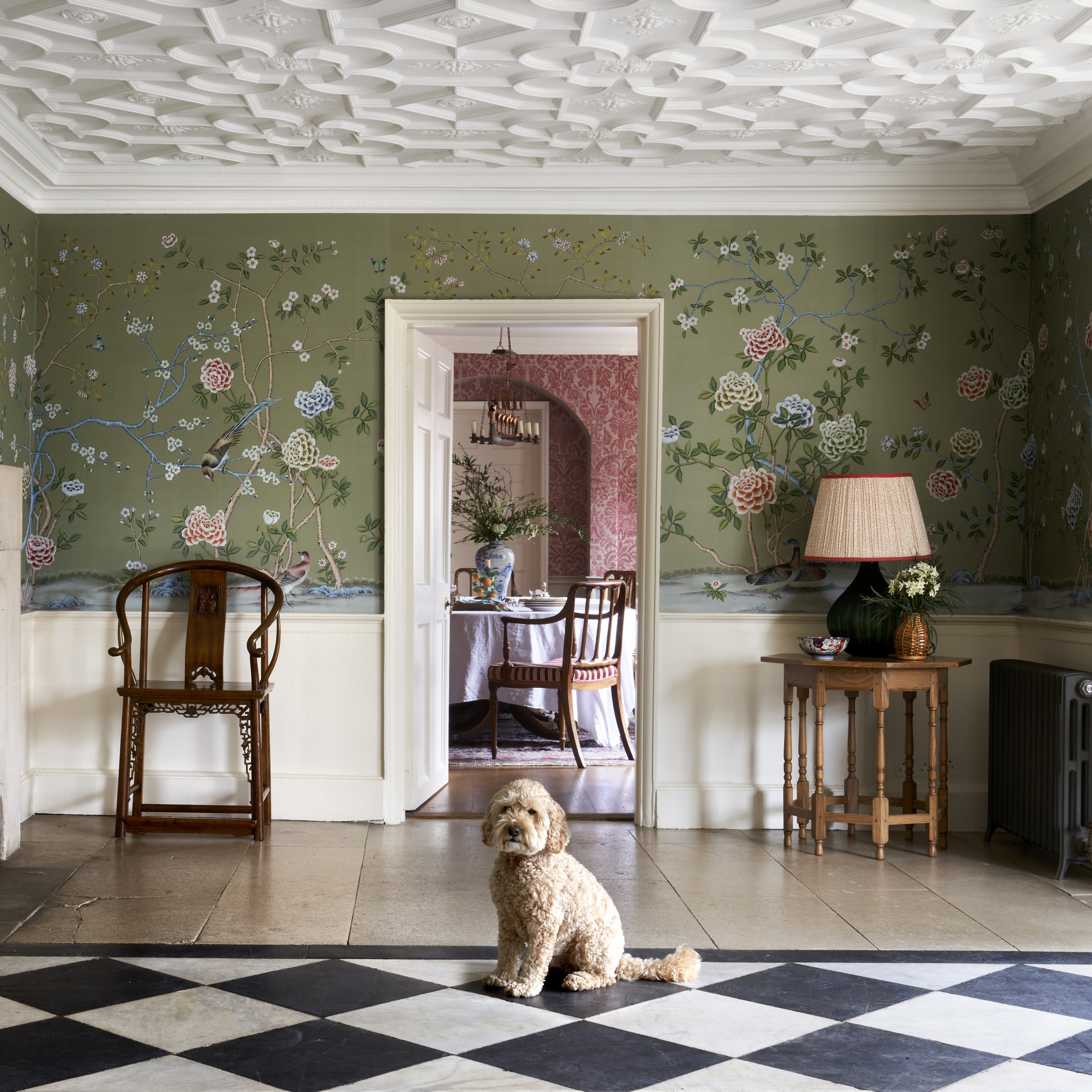
The Country Life Top 100 architects, interior designers, craftsmen, builders and garden designers in Britain
It's now six years since the original Country Life Top 100 was published, but the aim hasn't changed: we name
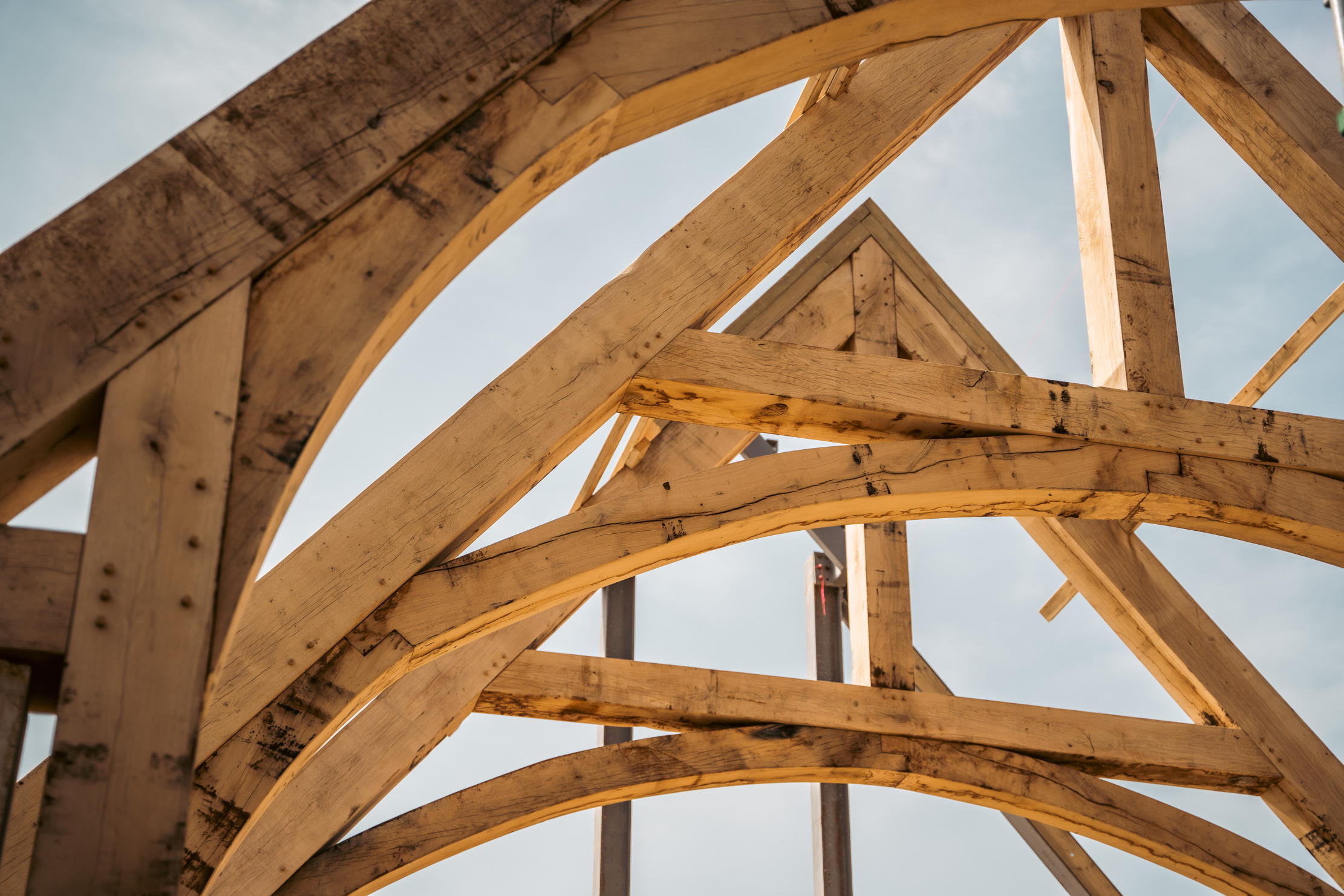
The best country house builders, craftspeople and specialists in Britain
Whether you're embarking on a new-build or painstakingly restoring a listed building, here are the craftsmen with excellent foundations.
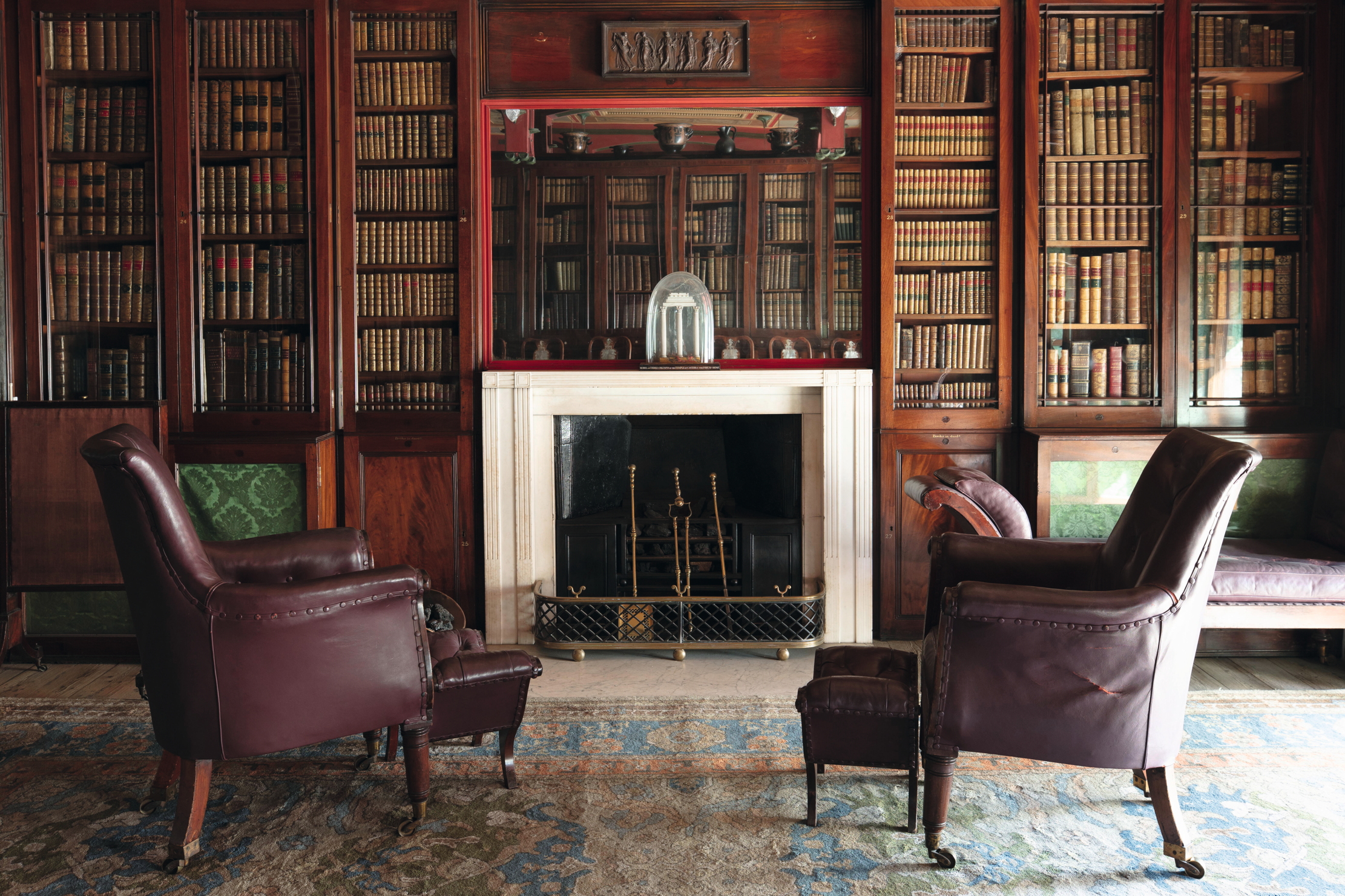
The chimneypiece by Sir John Soane that still inspires designers to this day
The reductivist simplicity of a chimney piece designed 200 years ago by Sir John Soane explains the architect’s reputation as

James Fisher is the Digital Commissioning Editor of Country Life. He writes about motoring, travel and things that upset him. He lives in London. He wants to publish good stories, so you should email him.